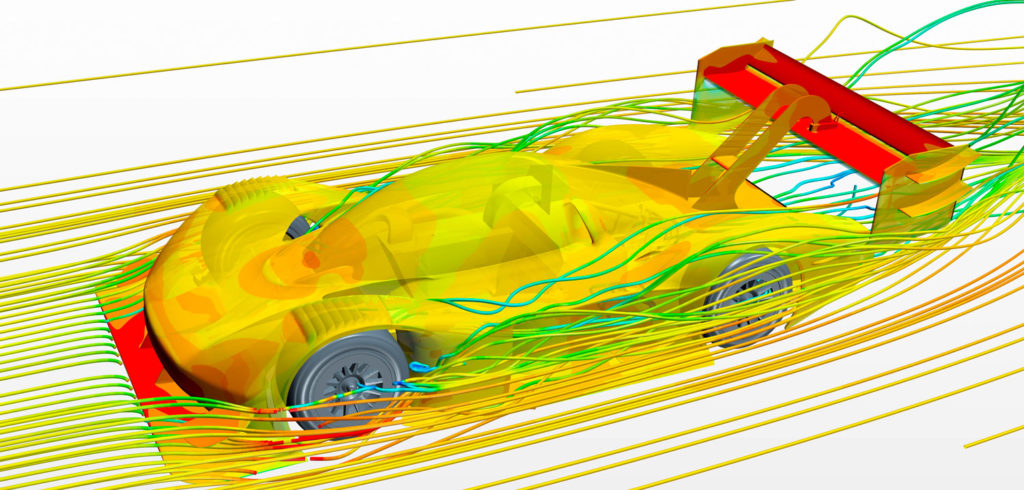Just over a month after VW set a new record at the Pikes Peak Hill Climb with its purpose-built ID R electric racer, the team reveals how simulation and computer-aided engineering played a key part in achieving the blistering 7:57 mins time.
One challenge is that the event doesn’t allow extensive testing beforehand like race series such as Formula 1; driver Romain Dumas had not driven the ID R at Pikes Peak before setting the record.
“Especially in the early stages of the development of the ID R Pikes Peak, we focused heavily on computer simulations,” explains Dr Benjamin Ahrenholz, head of calculation and simulation, Volkswagen Motorsport. “We calculated the structurally heavily loaded components of the ID R Pikes Peak, such as chassis, monocoque, rear subframe and rear wing, with simulation programs.”
One of the goals of computer-aided engineering (CAE) is to make components as lightweight as possible while keeping it strong enough to cope easily with the stresses encountered in the race. VW carried out simulations with the finite element method (FEM), in which the complex structure of the components of the racing vehicle is divided into a large number of small components with calculable behavior – the finite elements.
“In this way, we were able to simulate which components of the ID R Pikes Peak may need to be reinforced, where we can save material and thus weight, or even possibly change the design,” Ahrenholz explains. When possible, the computer programs made topology optimization proposals for improved design.
Fortunately, the 19.99km route was already largely available as a computer model. The upper section in particular presented challenges, says Ahrenholz: “There, the road surface is so wavy that the load on the chassis is significantly higher than on the very flat runway in the lower part of the race track. We did not know exactly what the ID R Pikes Peak would expect in the upper range, so we calculated a certain amount of safety margin.”
The aerodynamics were developed using computational fluid dynamics, which calculates how even the smallest changes to the body and spoilers of a vehicle affect the drag coefficient and the performance of the coolers.
“That’s how we simulated hundreds of different configurations before testing for the first time with a 1:2 model in the wind tunnel,” says Ahrenholz.



